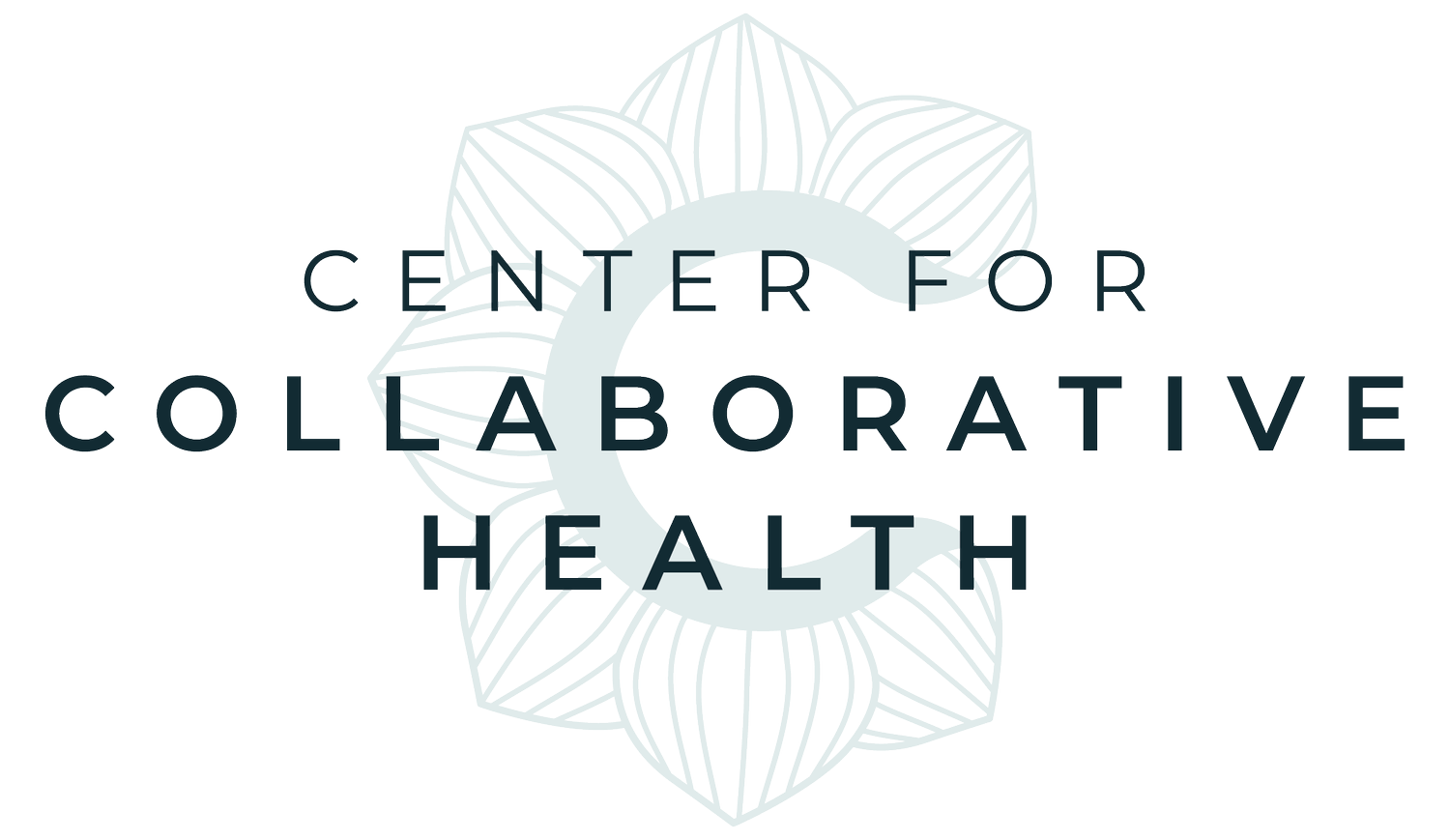Social Connection in a Time of Social Distancing
In 1988, a pivotal study[i] found that social connection was more highly correlated to life span than obesity, smoking, and hypertension. Wait, what? You read that right. In other words, low quantity (and to a lesser degree low quality) of social interactions was linked to an increased risk of early death, even more so than the obvious health problems. That’s huge, right?
One of the most interesting findings (at least to me) was that the number of social connections, not necessarily the intimacy of those relationships, was what was most important to a person’s length of life. So, we’re not talking about forging lifelong friendships or discussing the meaning of life with family members or falling in love or inspiring young people to change the world (though those things can be quite fulfilling, indeed). The study is telling us that little connections, like popping into a coworker’s office for a minute or chatting with the mail carrier, add up and impact our well-being in some pretty profound ways.
Fast forward a few decades. We now find ourselves in the midst of a global pandemic. Experts agree that we can “flatten the curve” by engaging in some simple things: thoroughly and frequently washing hands, avoiding face touching, covering a cough, and social distancing. What does this mean? In a nutshell, social distancing involves staying home whenever possible (and certainly if feeling ill) and maintaining a distance of at least six feet from others when we need to venture out. Well, shoot. What about social connection?!
In my career as a mental health professional, I have learned a few things about humans. We are adaptable, resourceful, creative, and resilient. Now is the time to exercise those qualities. Keeping in mind, that it is the quantity of social connections that is most crucial, not necessarily quality.
I have already seen numerous examples of creative social connection in the past few weeks. Just the other day, my young daughter’s best friend left a little note on our door, reminding my girl that she is still loved and that her friend is looking forward to when they can play together again. How sweet is that? And you know what? It made my daughter’s day.
Here are a few other ideas to find those small moments of connection:
Organize a neighborhood scavenger hunt.
Use video platforms to facilitate family nights. Figure out which card/board games are most conducive to distance play.
My book club is in the process of scheduling a Zoom meeting. There are lots of options for group video chats/meetings!
“Chalk Your Walk”: draw pictures, write messages, say hi on your sidewalk or driveway to those passing by.
When the weather cooperates, go for a walk. Wave at the people walking across the street. Holler “Hello!” to your neighbors. Look for those little connections.
The most vulnerable of us are now the most isolated. Draw pictures, write letters and send them to nursing homes and long-term care facilities. It will make you feel good about you and give a little joy and connection to someone who needs it.
If you are feeling especially isolated and/or noticed a change in mood, please consider reaching out for help. We now offer teletherapy services, https://www.centerforcollaborativehealth.com/teletherapy/, so you don’t have to leave your house. We want to help.
I can’t stress enough the importance of social connections to all of us, particularly during this time of uncertainty and unrest. Keep making those phone calls. Keep Facetiming with parents and grandparents. Keep saying “hi” and “thank you” to the folks stocking the shelves at the grocery store. Social distancing is necessary at this time. Social isolation is not.
Take care of yourselves and others. We’re in this together.
[i] House, J.S., Landis, K.R., & Umberson, D. (1988). Social relationships and health. Science, 241(4865), 540-545.

